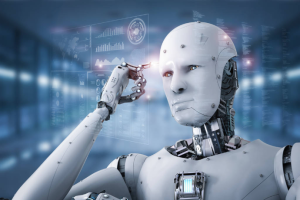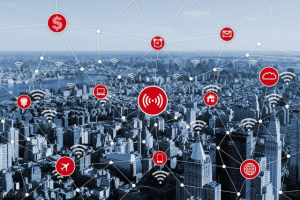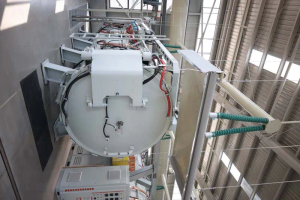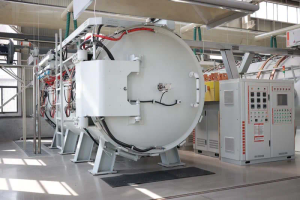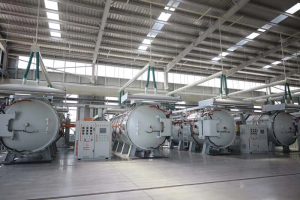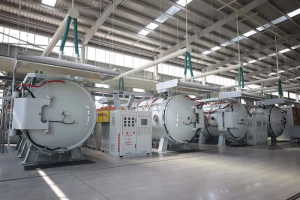Traditional Internet of Things users can turn to professional IoT solutions
In the past few months, participants in many cloud computing industries have made a difficult decision to close their IoT platform. In view of the maturity of technology and digital infrastructure, this decision is not surprising. According to Google, it is clear that the partner network specializing in the Internet of Things application and the service that they is increasingly dependent can better meet the needs of customers. Shortly after Google announced the news, IBM also stated that users of the Watson IoT platform should plan to transfer to alternative services before the platform stops in December 2023.
For users who will not exist next year, time is passing. In the next 12 months, they face an important decision and major opportunity, that is, the IoT solution constructed to meet the needs of the next few years.
To truly understand the challenges that companies hope to solve through intelligent interconnection devices, we must first understand the market forces that play their role.
Make up talents with science and technology
Today’s companies are facing huge skill gaps, coupled with low unemployment rates and record -record employees. In fact, nearly three -thirds of the world’s employees believe that they are unable to learn the digital skills that companies are currently needed.
In addition, the rising level of technical debt, or the additional work or re -coding after the digital system is launched, will continue to affect the business. The Software AG’s 2022 situation report found that 78%of the company bears more technical debt compared to the previous year.
These two factors have prompted the current industry to shift from internal production to searching for partners to improve production capacity or provide relief. The more ready -made capabilities of a company, the faster it can enter the market, solve the key pain points, and the more you can concentrate the existing technical skills on the customized product. Let’s take the supply chain as an example. If the company can buy the open Internet of Things platform and API that is ready to deploy to the cloud, they only need to add code for the countries, partners or industries that they work in their jobs.
In addition, low -code/non -code tools will help companies implement IoT solutions in their organizations, allowing business teams to operate without IT participation. They allow non -technical users to operate more, and scarce experts can focus on the standardization of all new applications and complete their unique complex work with their companies. These tools help companies overcome the current technical and skills gap and directly provide real -time insights to decision makers.
Reduce dependencies and open standards
With the efforts of enterprises to obtain greater control over data and processes, many companies have found that they are increasingly affected by geopolitical changes and decision -making of large -scale technology companies. Realizing a platform that has nothing to do with equipment and clouds allows the organization to quickly create new solutions. The diversification of open standards and investment portfolios also helps protect the future of the organization. As Google and IBM decided to close their Internet of Things platform, we saw the impact of subversive changes in the technical pattern on business continuity.
Although this may be disruptive, this transformation provides users with an excellent opportunity to turn them to a special IoT platform. These platforms not only pay attention to openability, but also scalability. As companies want to increase the active data and the number of devices in the business, the platform connecting them will be more important than ever.
Actual example
At present, one of the benefits brought by the professional Internet of Things platform is logistics and supply chain. In order to overcome bottlenecks and supply chain delay, Internet of Things users are using and tracking real -time data, which is particularly valuable for moving cold storage or high -value goods in the supply chain. This data can be accessed, and then the process data and other tools are allowed to analyze the process data and dependencies, and found the mode, abnormal and improved opportunities.
The decisions of the main industry participants from leaving the Internet of Things are a indicator of market evolution, and the delivery of cloud infrastructure that is vital to digital transformation is separated from the Internet of Things expertise in specific areas that users can fully benefit. This evolution reflects that the company’s company has reached a new and complex level, and their collected opinions will eventually bring a huge growth to their business.
https://oaicon.com/index.php/2023/03/08/traditional-internet-of-things-users-can-turn-to-professional-iot-solutions/
Enterprises can use this transformation by turning to the professional IoT solution that provides the traffic key function required by users today. With the continuous maturity of these platforms, those companies that choose to actively actively laid the foundation for their success and strengthen their digital pillars in the next decades.
